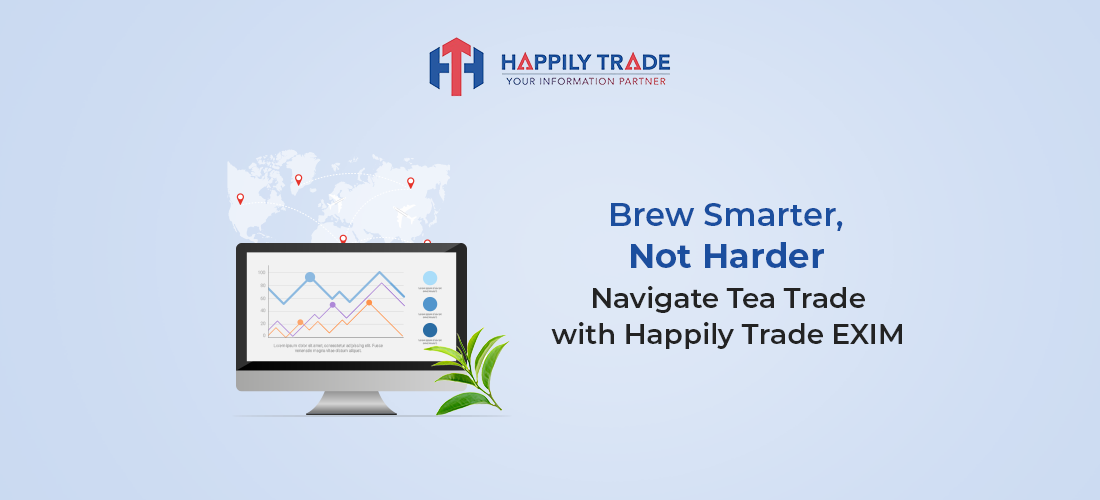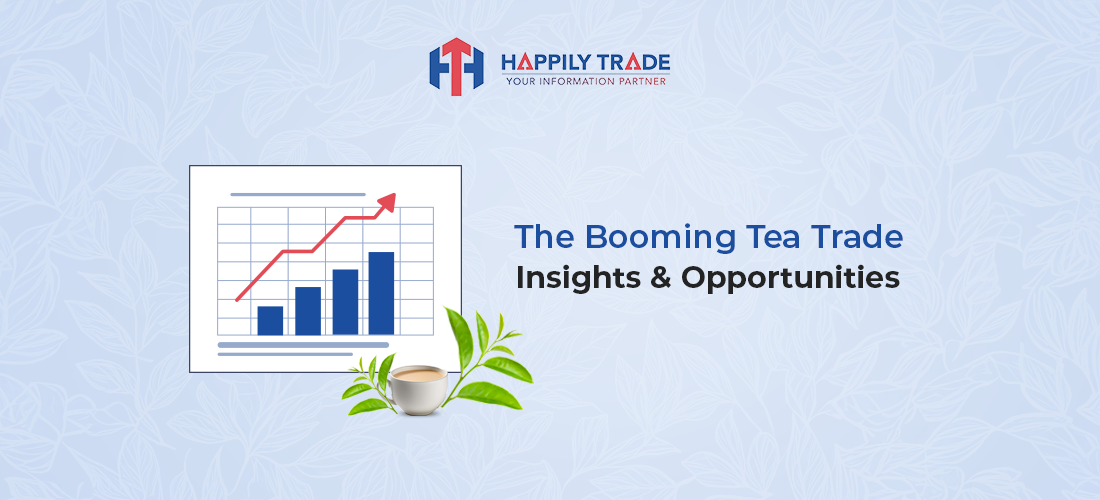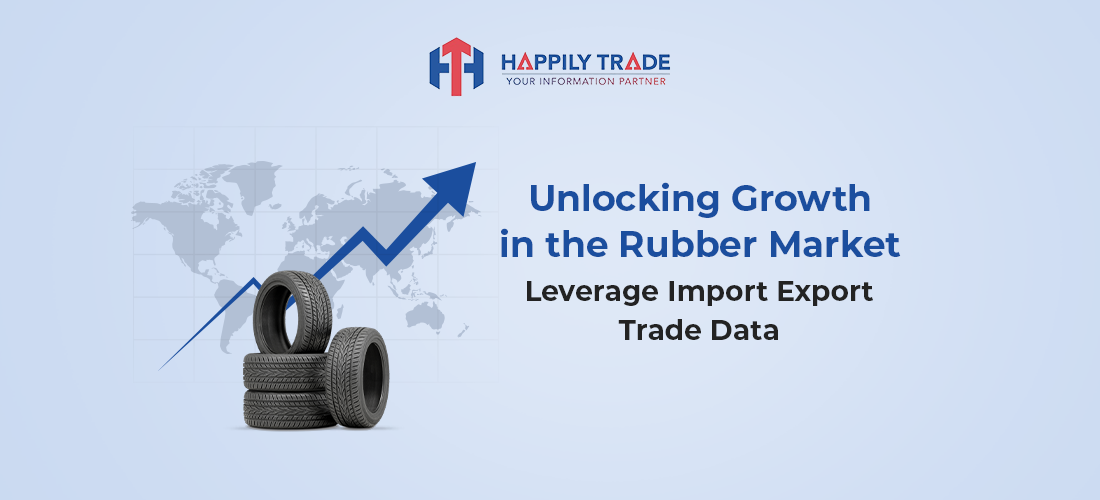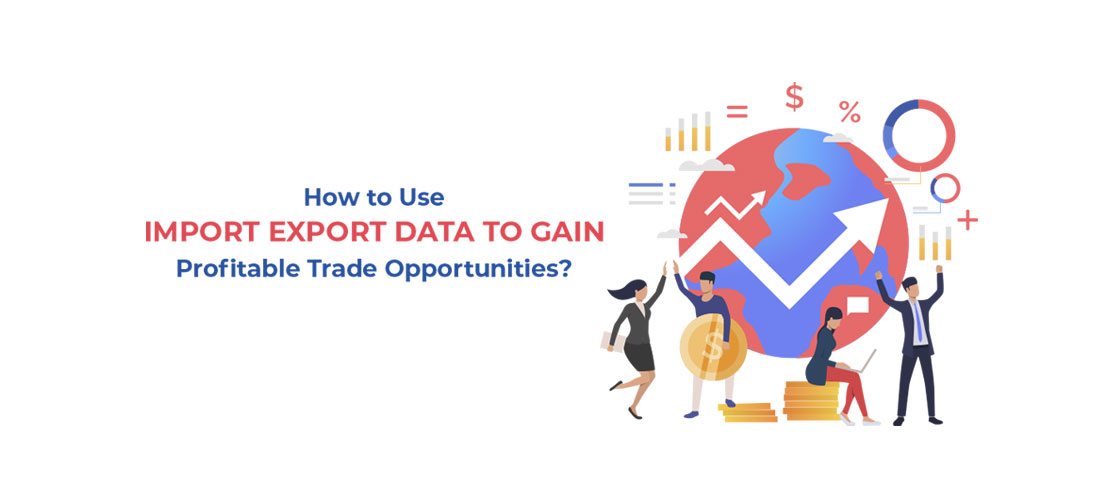Brewing a Brighter Future: Exploring the Growth of the Global Tea Market
- Log in to post comments
Tea, the aromatic beverage enjoyed by billions worldwide, is experiencing a surge in popularity. From classic black teas to exotic herbal infusions, the global market is brimming with potential. But to truly understand the landscape and predict where this beloved beverage is headed, we must delve deeper than trends. Import export trade data is crucial in painting a comprehensive picture of the global tea trade.
This data provides a window into the intricate world of tea production, consumption patterns, and trade flows across different countries.
A Rich History, A Promising Future
Tea boasts a rich and storied history, originating in China thousands of years ago. Today, it remains a cornerstone of various cultures, offering a comforting ritual and a spectrum of health benefits. The global tea market has steadily grown over the past decade, which is expected to continue. According to a recent report, the global tea market is projected to reach a staggering USD 78.688 billion by 2027. This growth can be attributed to several key factors.
A Global Thirst for Tea
The global tea market is a complex and interconnected network, with various regions serving as producers, consumers, and key players in the international tea trade. Import export trade data reveals that tea production is concentrated in a handful of countries, with China, India, and Kenya leading the way. These giants supply various tea types, from classic black teas to delicate green and robust oolong teas.
On the consumption side, the global tea market is more diverse. While established tea-drinking cultures like China and India remain major consumers, there's a growing thirst for tea in other regions. North America and Europe are experiencing a surge in tea consumption, driven by an increasing appreciation of specialty teas and perceived health benefits. Additionally, emerging markets like Southeast Asia and Africa are witnessing a rise in tea consumption as disposable incomes increase and urbanization expands.
Factors Fueling the Global Tea Market
Rising Health Consciousness
Consumers worldwide are increasingly health-conscious, seeking natural beverages with wellness benefits. Tea perfectly fits this bill, boasting a range of health properties. From black tea's potential to improve heart health to green tea's antioxidant power, tea offers a natural way to promote well-being. This focus on health is a significant driver of the global tea market.
Expanding Variety and Innovation
The global tea market is no longer limited to traditional black and green teas. Today, many specialty and flavored teas cater to diverse palates. From floral teas like jasmine to fruit-infused blends, there's a tea for every taste bud. Furthermore, innovation in brewing methods, like ready-to-drink options and single-serve pods, makes tea consumption even more convenient, attracting a wider audience.
Premiumization and Experiential Tea
The rise of specialty tea shops and premium loose-leaf teas signifies a growing appreciation for quality and unique flavor profiles. Consumers will pay more for a superior tea experience, creating a thriving premium and gourmet market. This trend toward premiumization is expected to continue fueling the global tea market growth.
Growing E-commerce Penetration
The increasing popularity of online shopping platforms has significantly impacted the global tea market. Consumers can now easily discover and purchase a diverse range of teas from all over the world. This accessibility drives sales and makes tea more readily available to a wider audience.
Navigating the Global Tea Market Landscape with Custom Import Export Data
Understanding the complexities of the global tea market is crucial for businesses looking to capitalize on its growth potential. Import export trade data plays a vital role in gaining valuable insights. This data provides a comprehensive picture of tea production, consumption patterns, and trade trends across different countries.
For instance, custom import export data can reveal:
- Top producing and exporting countries: This information can help businesses identify reliable sources for different tea varieties.
- Major importing countries: Understanding the key markets with high tea demand enables businesses to tailor their offerings and marketing strategies accordingly.
- Consumption trends: Analyzing import/export trade data can provide insights into popular tea types, brewing methods, and consumer preferences in different regions.
Custom import export data companies specialize in gathering and analyzing this data type. These companies can provide businesses with tailored reports and analyses, empowering them to make informed decisions about entering new markets, establishing strategic partnerships, and optimizing their supply chains within the global tea market.
Sustainability and Ethical Sourcing
As the global tea market expands, sustainability and ethical sourcing practices are becoming increasingly important. Consumers are concerned about the environmental impact of tea production and the fair treatment of tea farmers. Companies prioritizing sustainable practices and fair trade principles are well-positioned to resonate with today's conscious consumers and contribute to a brighter future for the global tea market.
Regional Variations in the Global Tea Market
The global tea market is not monolithic. Different regions exhibit unique preferences and growth patterns. Here's a glimpse into some key areas:
- Asia: The world's largest tea producer and consumer, with China and India leading the pack. Green tea remains a favorite in Asia, while black tea consumption is also significant.
- Europe: A mature tea market with a strong preference for black tea. However, there's a growing interest in specialty and herbal teas.
- North America: The North American tea market is experiencing significant growth, driven by the health and wellness trend. Green tea and herbal teas are particularly popular.
Navigate the Global Tea Trade with Confidence: Happily Trade EXIM

Unveiling the intricacies of the global tea market requires a skilled partner. Look no further than Happily Trade EXIM, your one-stop shop for custom import/export data.
As a leading custom import export data company, Happily Trade EXIM empowers businesses with the insights they need to thrive. Our team of experts meticulously gathers and analyzes import/export trade data, providing you with tailored reports that illuminate:
- Strategic sourcing opportunities
- Emerging market trends
- Consumer preferences across regions
With Happily Trade EXIM as your guide, you can confidently navigate the global tea trade, make informed decisions, and seize the vast potential brewing in the world of tea. Visit https://www.happilytrade.com/ to learn more and unlock a brighter future for your tea business.






